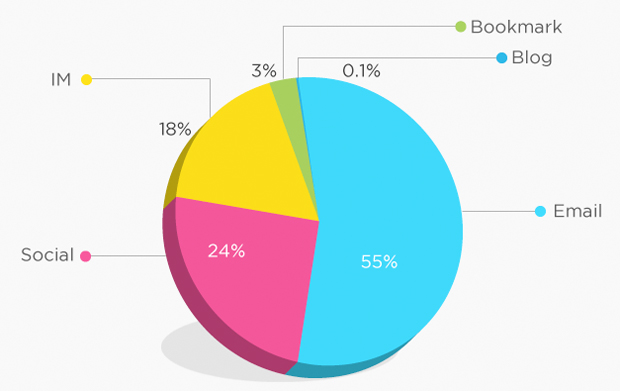August 20, 2010--“The battlefield of business marketing has changed radically,” Ron Marshall, owner of Red Crow Marketing in Springfield, MO, warned educators at the 10th annual meeting of the Missouri Marketing and Cooperative Education Association. “When clients come to us, they are looking for innovative solutions to their marketing problems. In the current economy, businesses who want survive must find a way to gain more market share from a smaller buying pool. It’s tough going,” Marshall stated.
With social media, email marketing and mobile media adding to an already- fragmented message delivery system, businesses require far more complex marketing campaigns. According to Marshall, “marketers must change their approach. Technology has altered the way consumers search for and receive information. Businesses need to reach their existing customers and prospects across a wider contact and touch platform, so there needs to be a well-defined marketing plan in place.”
What does all this mean for marketing and advertising educators? “It is imperative for students and educators to understand the new fundamentals of marketing today. Trends in consumer usage mandate the marketing student be ahead of textbooks printed just two years ago,” Marshall advised. “Website design, search engine optimization (SEO), social media and email marketing have changed the landscape forever, and are still changing it almost daily. Educators need to try to stay ahead of these trends and pass their knowledge on to their students. The marketing textbooks are almost obsolete before they are printed.”
However, Marshall did remark that while traditional advertising channels are less popular, they are still a critical component of most marketing strategies. The uses of demographic and psychographic profiles are even more important in campaign planning because new media allow for pinpoint-marketing to very specific segments.
In today’s challenging economy, “branding is still important, but right now price is king”. Marshall continues, “It’s not just about mastering the way to get offers in front of consumers. Advertisers need to get serious about the offer. If the offer doesn’t compete or is not substantial, it doesn’t matter how you put it out there, consumers will not respond.” Students today must also understand the imperative need for new and innovative solutions that produce measurable results. Marshall encouraged the MCEA educators to arm students with a “Swiss army knife” education: knowledge to work across several media and the ability to independently research better solutions. "If they can't provide these skills to an employer, they'll have a hard time finding work."
“The business climate has changed, and marketing is changing every minute. Educators need to encourage their students to learn on the fly, research new trends thoroughly, and be prepared to master more than one skill,” Marshall emphasizes. “And when you’ve mastered one trend, get yourself prepared—there’s a new one coming around the corner at lightning speed.”
For further information, please contact Ron Marshall, owner of
Red Crow Marketing at 417.889-1658, x. 102 or
ron@redcrowmarketing.com. Red Crow Marketing, Inc. is a full-service marketing and advertising agency located inSpringfield, MO. Red Crow has been providing marketing and advertising assistance to clients since 2001, and its current client list includes Prime Trucking, Back Yard Burgers, Summer Fresh Supermarkets, and Mid-Missouri Bank.


















